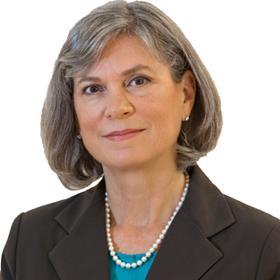If your people are your company’s greatest asset, how can you help them thrive?

This is becoming a key question not just for those concerned about the performance of their own employees, but also for designers and developers of workplaces.
If your people need to innovate to stay ahead of the competition or the threat of rapidly evolving technology, how do you create a working environment that optimises their creativity?
If you insist on a more tangible result, visible on the bottom line, then think of it in terms of maximising their productivity.
There is a science to this – to applying to workplace design an understanding of how we learn, how our brains work and how we stimulate the hormones that make us most effective in the workplace.
Perhaps you have been devastated to see a talented new recruit rapidly becoming shaped and dulled by an organisation until they are simply a conformist part of the status quo.
Anyone who’s not already involving HR in workplace design needs to ask themselves why
All our research argues against pushing people to the max – making them work as fast as possible for as long as possible in environments engineered to maximise efficiency. That’s still the dominant approach and too many in the industry are ignoring the evidence that it’s making people unhealthy and unproductive.
In a creative role, people need time for reflection. They need time to read, study and think. In practical terms, that means variety in workspaces. One ergonomic and elegant desk is unlikely to do the trick. People need spaces where they can mingle with and spark off others. They also need quiet spaces where they can think.

There is a lot of evidence that natural textures, colours and views stimulate the endocrine system in the brain. The hormones produced in these glands can improve blood flow, refreshing the brain. They have a calming and restorative effect, increasing our capacity for new ideas.
I will be focusing on the creation of working environments that stimulate continuous learning in this way in a joint presentation at the CoreNet Global Summit in Amsterdam with Melissa Jancourt of HGA Architects and Engineers.
It’s not just Melissa and I who need to collaborate. Workplace challenges such as health and productivity are complex and need to be tackled holistically by professionals from multiple disciplines.
Focus on the aesthetics of the workplace to achieve a beautiful signature look and you might be missing the human factor. What does the person experience in that workplace? Getting that right is key.
This is not an area riven with polarised arguments between practitioners. You won’t find many advocates of an improved workplace experience ruling out hot desks or open-plan offices, for example.
Anyone who’s not already involving their HR team – or their clients – in workplace design needs to ask themselves why. Their role is to increase the capability of the workforce. They understand that the loyalty of individuals brings greater productivity across the firm.
As an academic, I see complementary new thinking coming from many directions. We need to show how those new ideas can interact and blend together to create a varied and stimulating workplace that puts experience first.
Dr Cristina Banks is director of the Interdisciplinary Center for Healthy Workplaces at the University of California, Berkeley, and will be presenting at CoreNet Global Summit in Amsterdam






























No comments yet